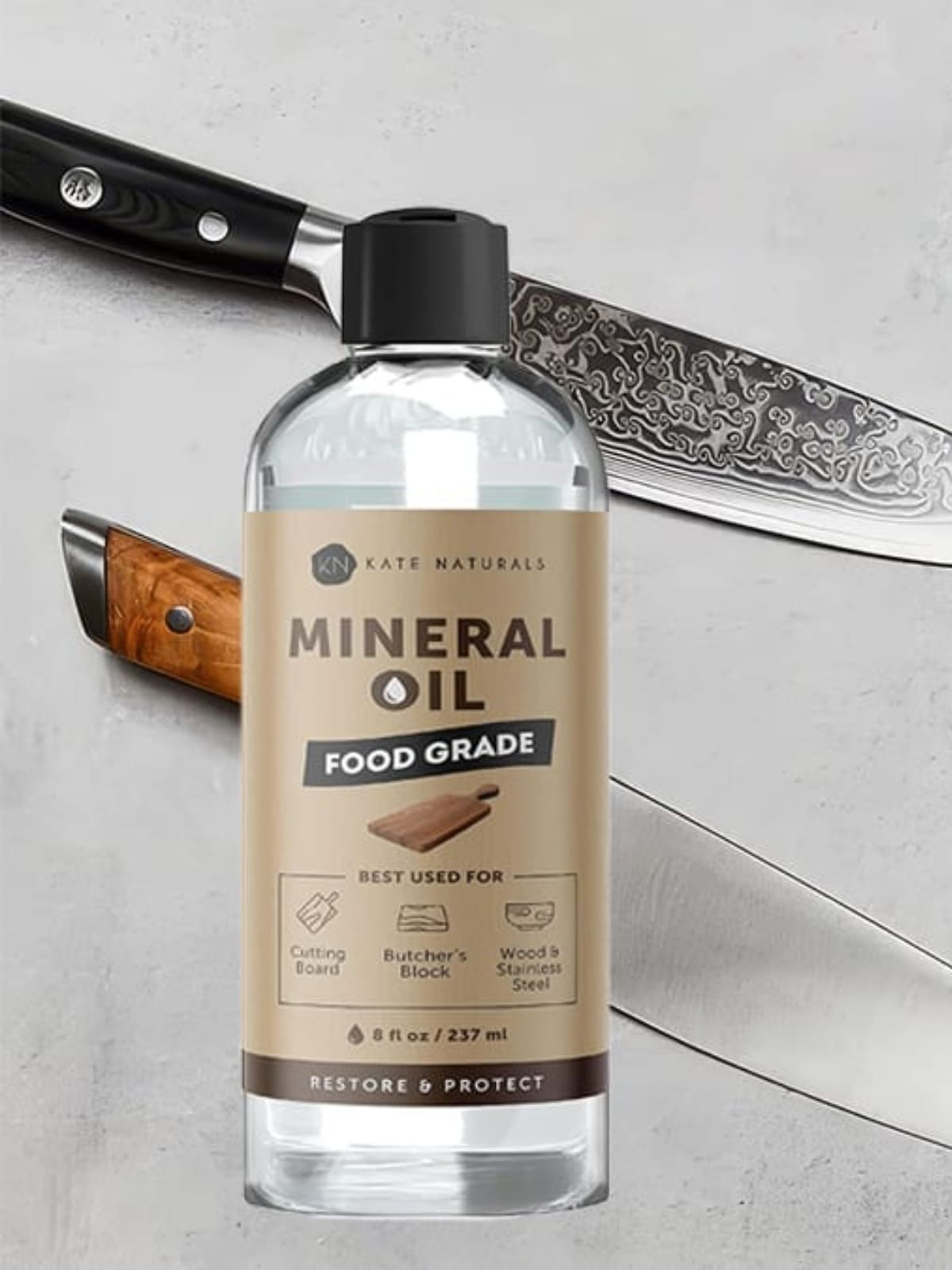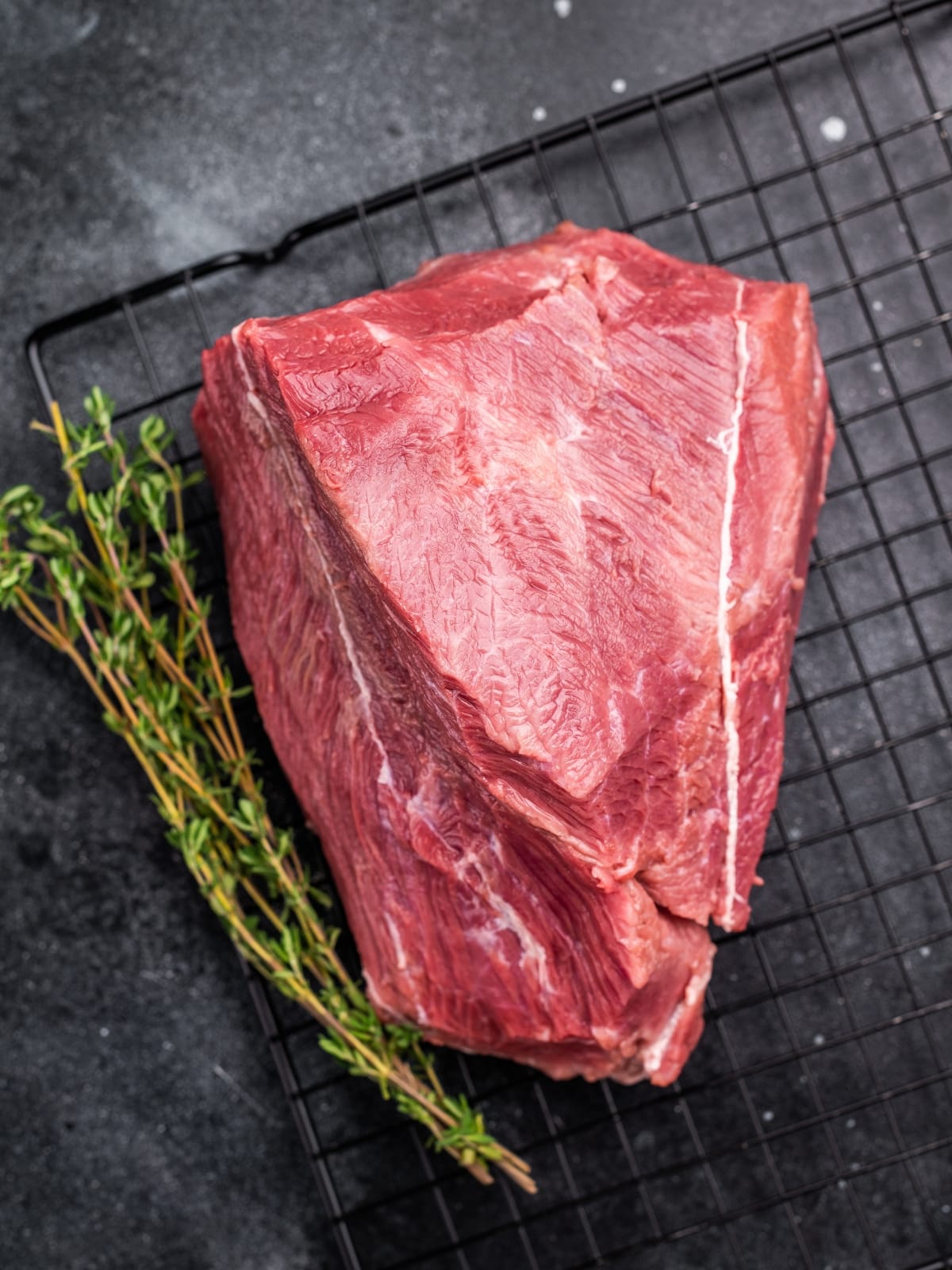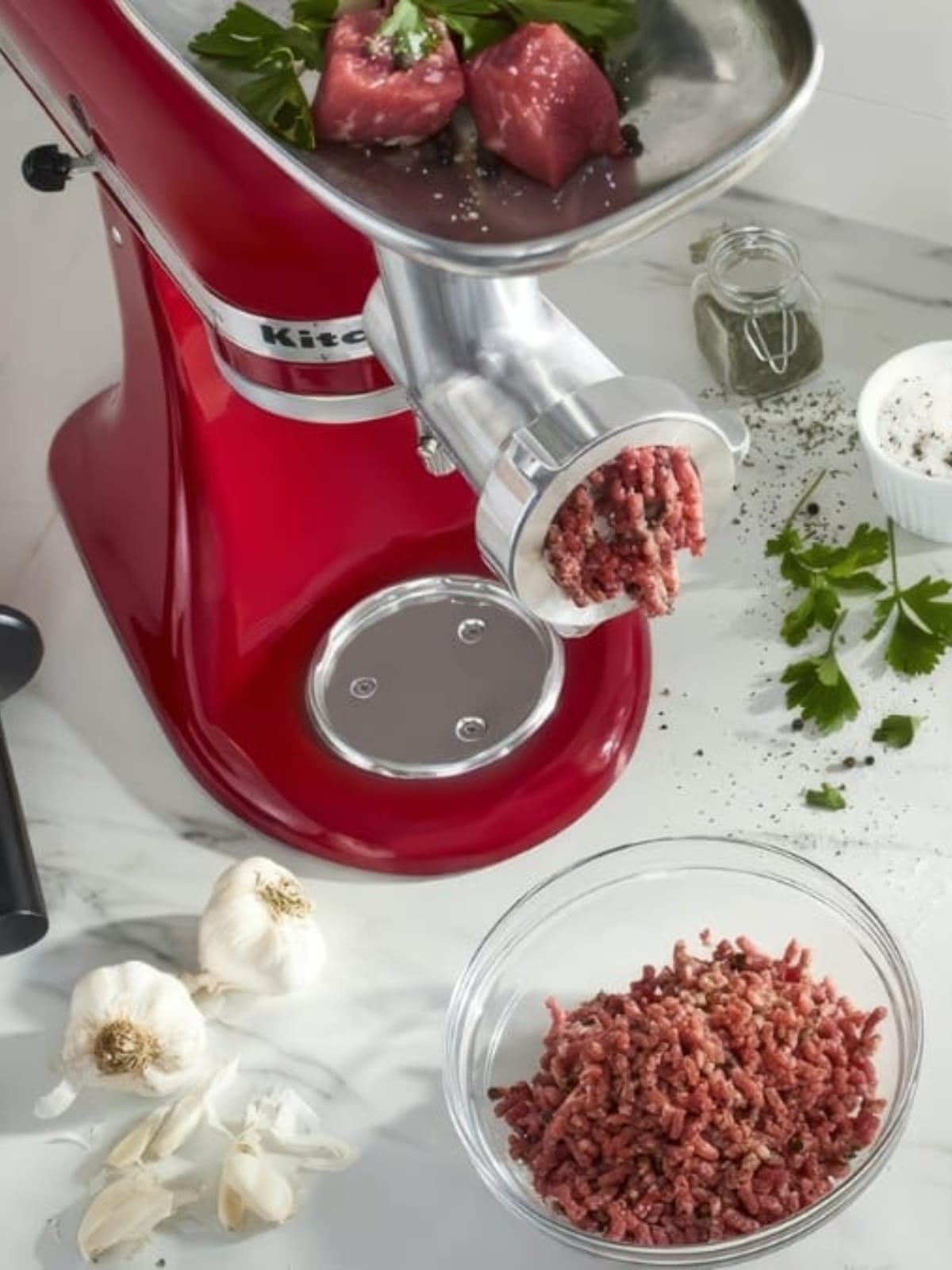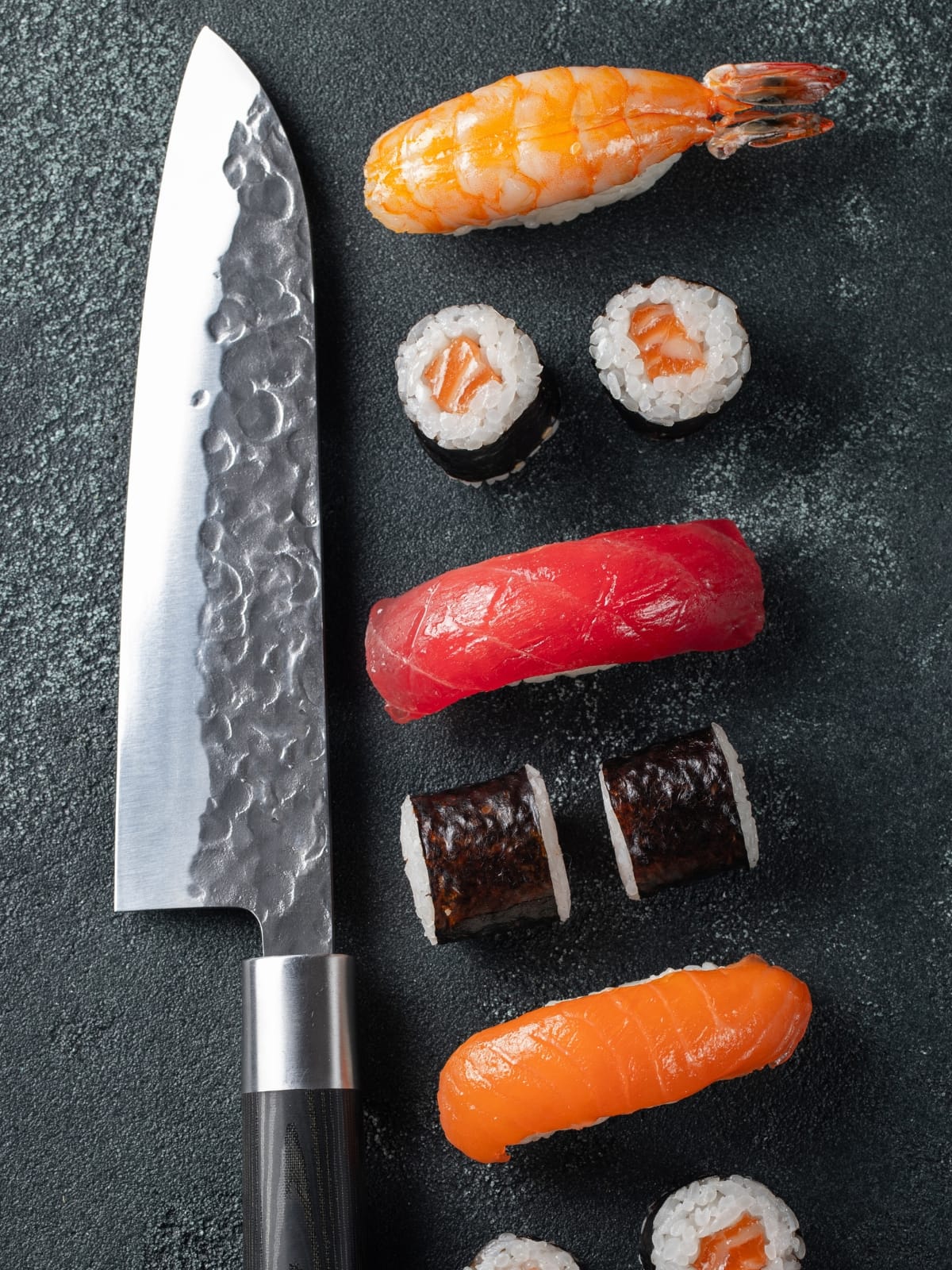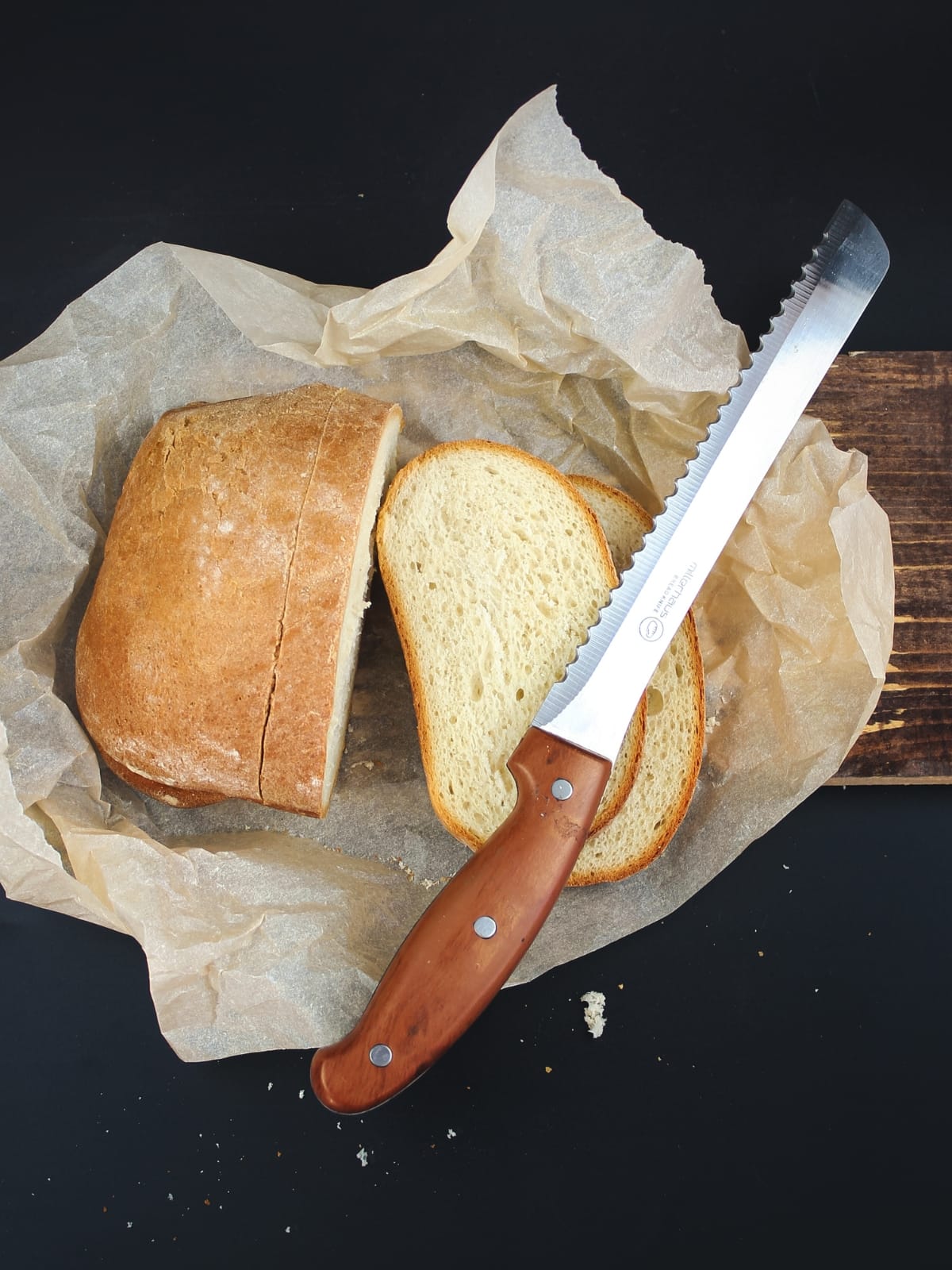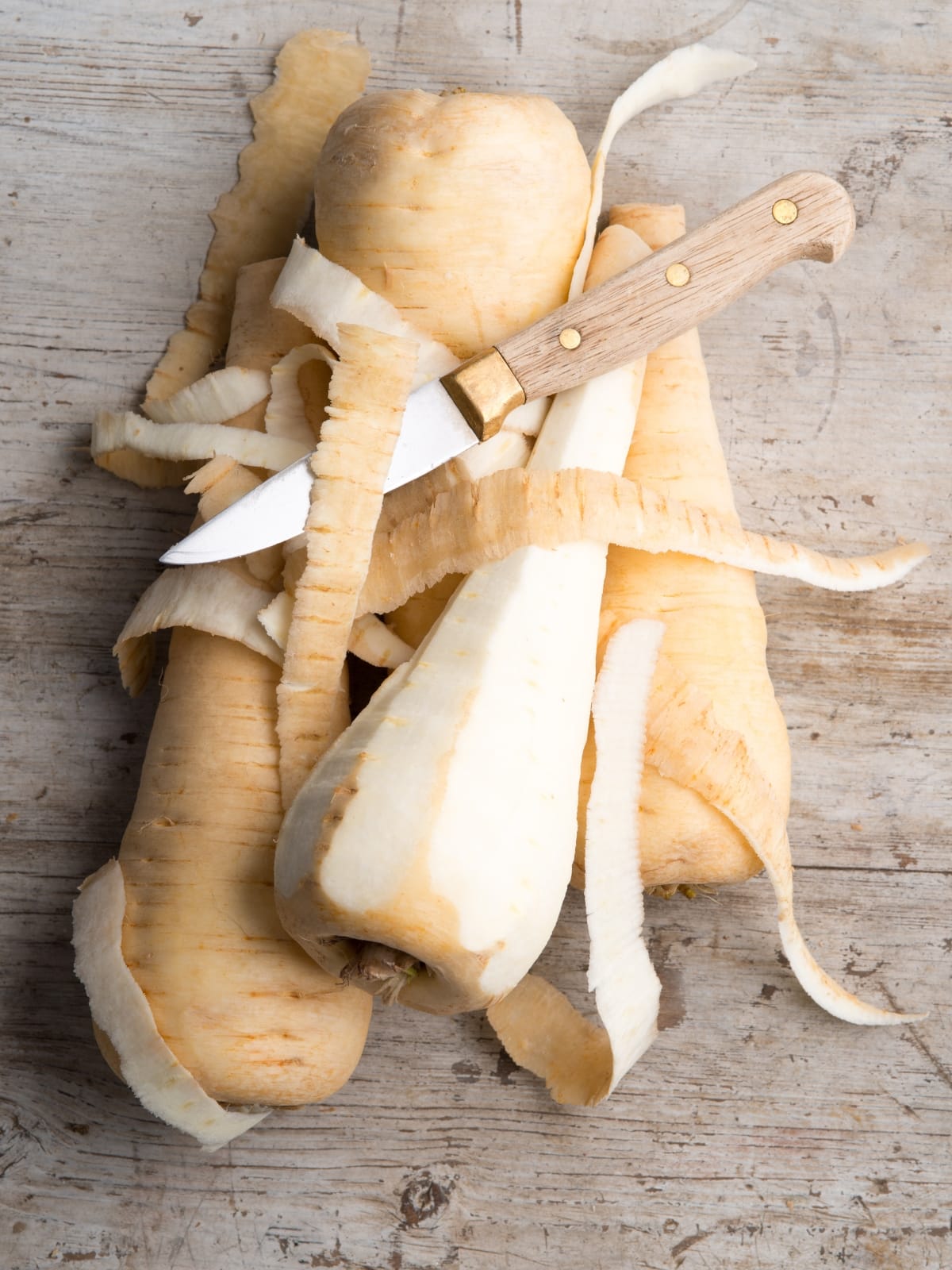Discover the ultimate guide to preserving your wooden knife handles with the best oils available. From mineral oil to linseed oil, learn how proper maintenance can extend your knife’s lifespan and maintain its beautiful appearance. This comprehensive guide covers everything you need to know about wooden handle care, ensuring your kitchen tools remain in top condition for years to come.
Why Do Wooden Knife Handles Need Oil?
Wooden kitchen knife handles are not just aesthetically pleasing; they also provide a comfortable grip and can last for generations when properly maintained. However, wood is a natural material that requires regular care to maintain its integrity and appearance. Understanding why wooden handles need oil is crucial for any kitchen enthusiast or professional chef.
Understanding Wood Properties
Wood is a porous material that absorbs and releases moisture from its environment. This property, while beneficial in many applications, can lead to problems in kitchen tools. Wooden knife handles are constantly exposed to varying levels of humidity, temperature changes, and occasional water contact. These factors can cause the wood to expand, contract, and potentially crack over time.
Oiling wooden handles serves several purposes:
- Moisture Barrier: Oil creates a protective layer that helps prevent water absorption.
- Nourishment: It feeds the wood fibers, keeping them supple and less prone to cracking.
- Appearance: Regular oiling enhances the natural beauty of the wood grain.
- Longevity: Proper oiling can significantly extend the life of your knife handles.
Signs Your Knife Handle Needs Oiling
Recognizing when your wooden knife handles need attention is key to maintaining their condition. Look out for these indicators:
- Dryness: The wood feels rough or looks dull.
- Discoloration: Lighter patches may appear where the wood has dried out.
- Cracks: Small fissures can develop, especially near the blade or rivets.
- Loose Fit: The handle may become slightly loose if the wood has shrunk.
- Water Absorption: If water doesn’t bead on the surface, it’s time for oiling.
Risks of Not Oiling Wooden Handles
Neglecting to oil your wooden knife handles can lead to several issues:
- Cracking and Splitting: Dry wood is more likely to crack, especially with temperature fluctuations.
- Bacterial Growth: Untreated wood can harbor bacteria in its pores.
- Warping: Uneven moisture absorption can cause the handle to warp.
- Reduced Lifespan: Lack of maintenance can significantly shorten the life of your knives.
- Decreased Performance: A damaged handle can affect your grip and control while cutting.
By understanding these risks, you can appreciate the importance of regular handle care and maintenance.
Top 5 Best Oils for Wooden Kitchen Knife Handles
Choosing the right oil for your wooden knife handles is crucial for effective maintenance. Here are the top five oils recommended by experts:
1. Mineral Oil (Food Grade)
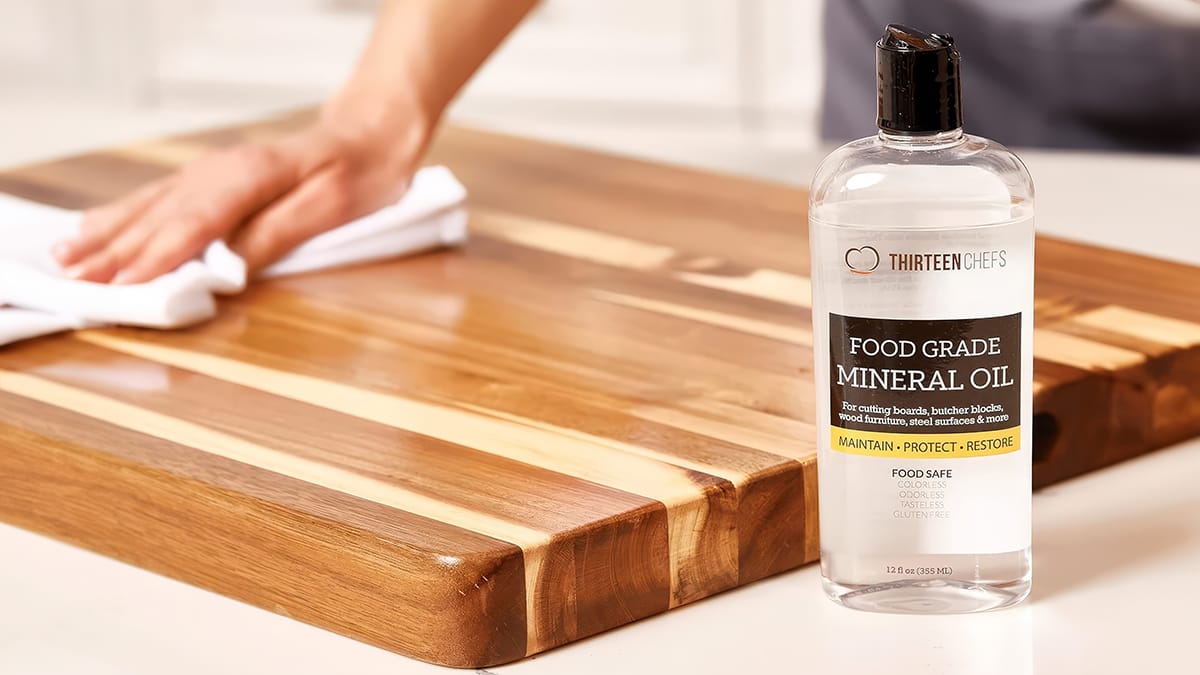
Pros:
- Inert and food-safe
- Doesn’t go rancid
- Affordable and widely available
Cons:
- Requires frequent reapplication
- Doesn’t provide a hard finish
Food grade mineral oil is often considered the gold standard for wooden handle care. It’s a popular choice among chefs and knife enthusiasts due to its safety and effectiveness. This oil penetrates deep into the wood, providing excellent moisture resistance.
Application Tip: Apply a generous amount to the handle and let it soak in overnight. Wipe off any excess in the morning.
“I prefer mineral oil for its simplicity and food safety. A quick wipe-down after each use keeps my knives in top shape.” – Chef Maria Rodriguez
2. Linseed Oil
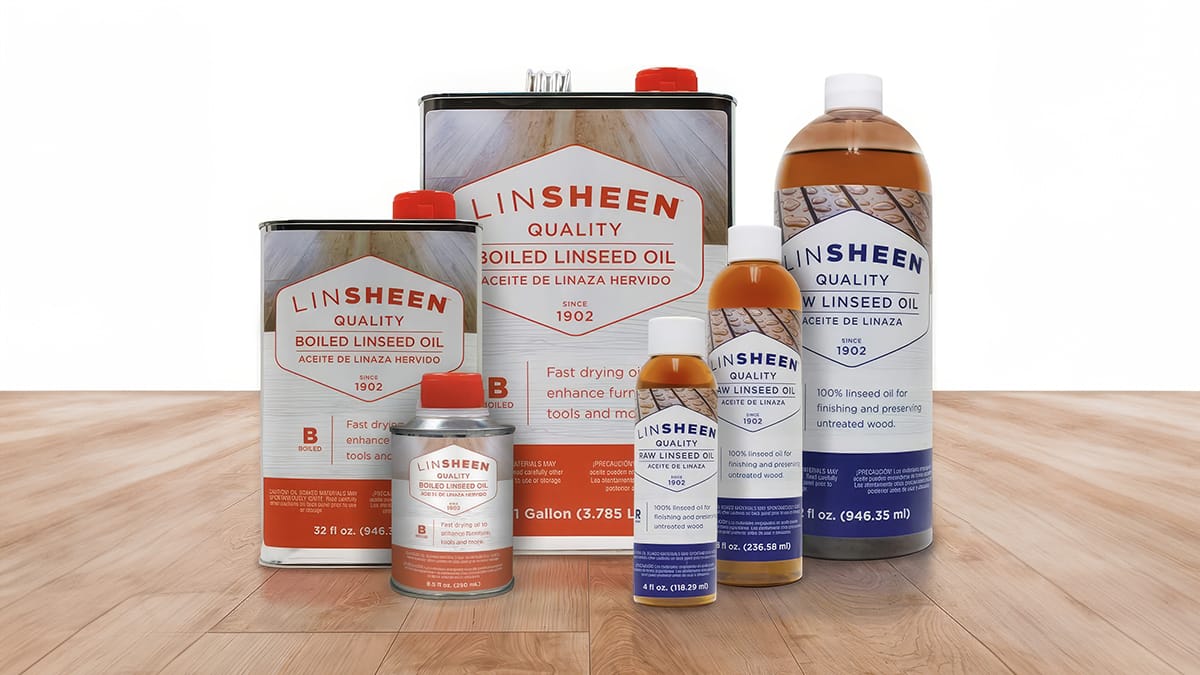
Pros:
- Provides a durable finish
- Enhances wood grain
- Natural product
Cons:
- Long drying time
- Can darken some woods
Linseed oil, particularly boiled linseed oil, is an excellent choice for wooden handles. It polymerizes as it dries, creating a hard, protective finish. However, be sure to use boiled linseed oil, as raw linseed oil takes too long to dry and can become sticky.
Safety Note: Rags soaked in linseed oil can spontaneously combust. Always dispose of them properly.
3. Tung Oil
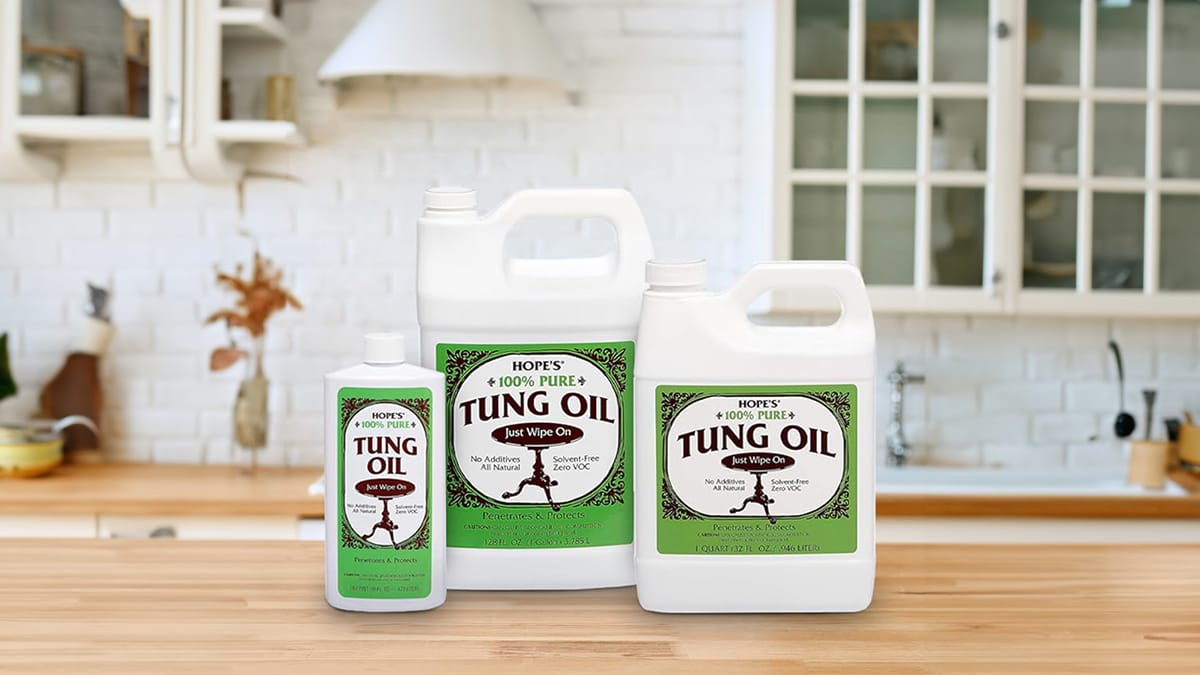
Pros:
- Creates a water-resistant finish
- Dries faster than linseed oil
- Doesn’t darken wood as much
Cons:
- More expensive than mineral oil
- Can be challenging to apply evenly
Tung oil is derived from the nuts of the tung tree and has been used for centuries in wood finishing. It provides excellent water resistance and dries to a hard finish, making it ideal for kitchen tools.
Application Tip: Apply thin coats and allow each to dry completely before adding the next.
4. Camellia Oil
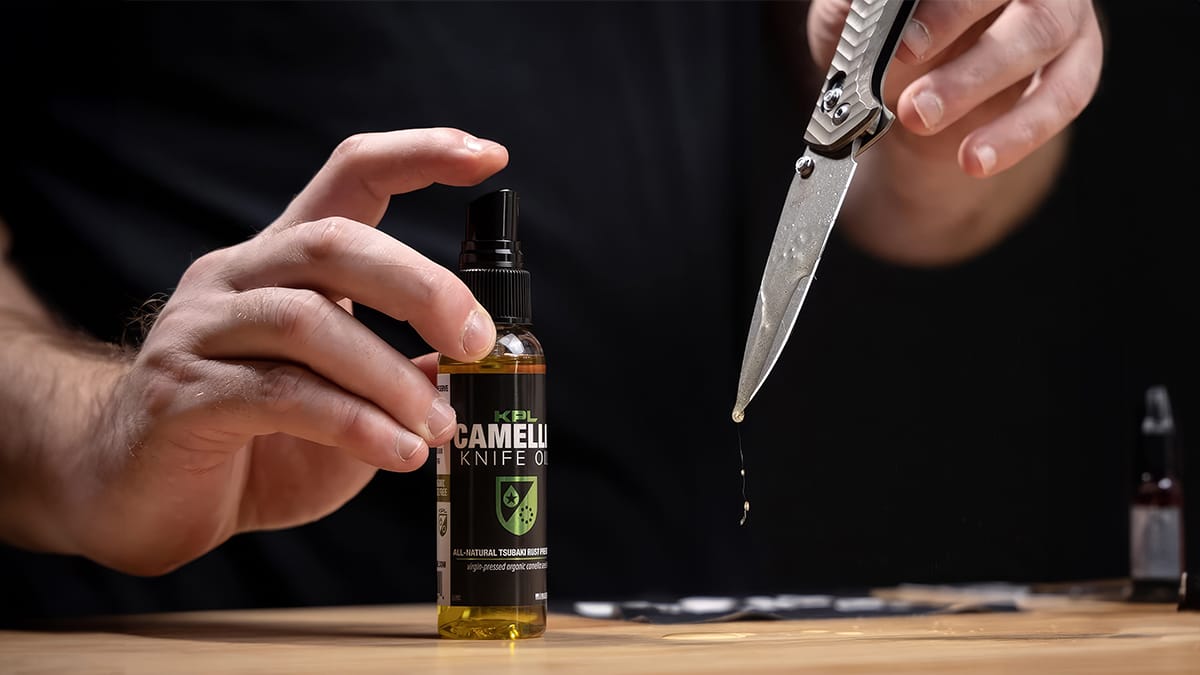
Pros:
- Light and non-greasy
- Excellent for preventing rust on blades
- Pleasant, subtle scent
Cons:
- More expensive than other options
- May be harder to find
Camellia oil, also known as tsubaki oil, is popular in Japanese knife care. It’s excellent for both the wooden handle and the metal blade, providing rust protection and nourishment to the wood.
Bonus Tip: Camellia oil is also great for maintaining carbon steel blades.
5. Walnut Oil
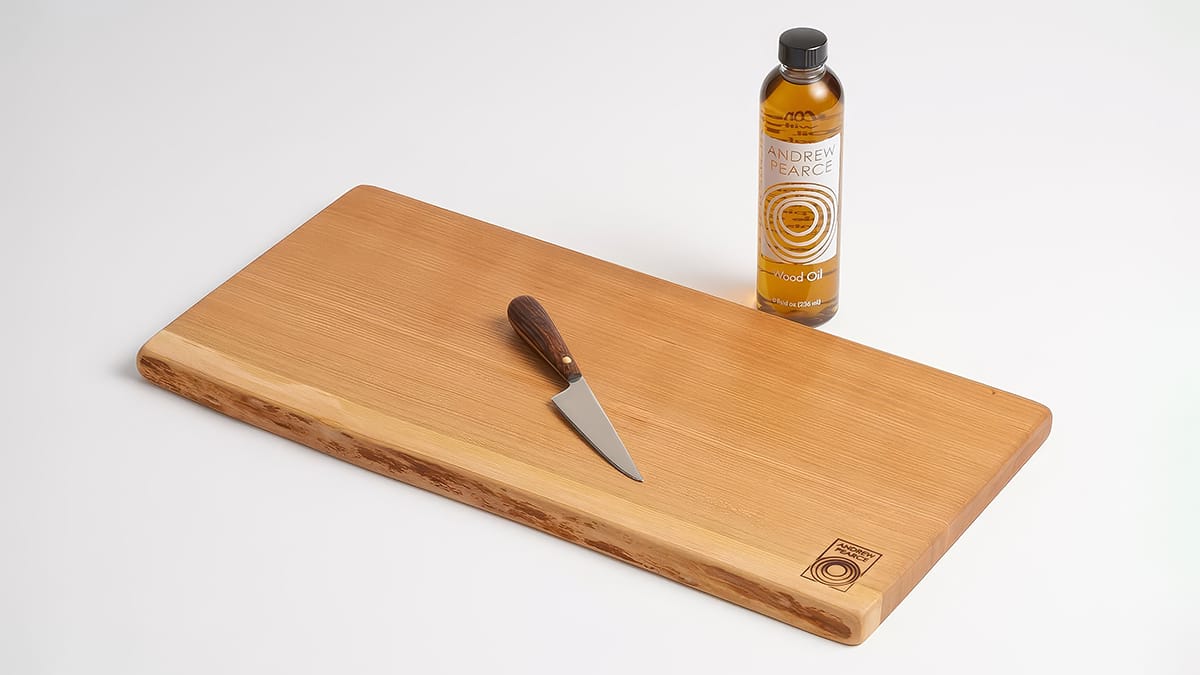
Pros:
- Natural and food-safe
- Dries to a hard finish
- Enhances wood grain beautifully
Cons:
- Can cause allergic reactions in people with nut allergies
- More expensive than mineral oil
Walnut oil is a fantastic natural option for wooden handle care. It dries to form a hard, protective layer and brings out the natural beauty of the wood grain.
Allergen Warning: Not suitable for use in kitchens where nut allergies are a concern.
“For our high-end knives, we recommend a blend of beeswax and mineral oil. It provides excellent protection and a beautiful finish.” – John Smith, Master Bladesmith
| Oil Type | Pros | Cons | Drying Time | Water Resistance |
|---|---|---|---|---|
| Mineral Oil (Food Grade) | – Inert and food-safe – Doesn’t go rancid – Widely available | – Requires frequent reapplication – Doesn’t provide a hard finish | 24-48 hours | Moderate |
| Linseed Oil | – Provides durable finish – Enhances wood grain – Natural product | – Long drying time – Can darken some woods | 72+ hours | Good |
| Tung Oil | – Creates water-resistant finish – Dries faster than linseed oil – Doesn’t darken wood as much | – More expensive than mineral oil – Can be challenging to apply evenly | 48-72 hours | Excellent |
| Camellia Oil | – Light and non-greasy – Prevents rust on blades – Pleasant, subtle scent | – More expensive – May be harder to find | 24-48 hours | Good |
| Walnut Oil | – Natural and food-safe – Dries to a hard finish – Enhances wood grain beautifully | – Potential allergen – More expensive than mineral oil | 48-72 hours | Good |
For more information on choosing the best wood for kitchen knife handles, check out our detailed guide here.
Oils to Avoid on Wooden Knife Handles
While many oils can benefit wooden handles, some should be avoided:
Cooking Oils
Vegetable oils, olive oil, and other cooking oils should not be used on wooden handles. These oils can:
- Go rancid over time
- Attract bacteria
- Leave a sticky residue
Motor Oil and Industrial Oils
These are toxic and not food-safe. They can:
- Contaminate food
- Cause skin irritation
- Damage the wood over time
Unknown Oil Blends
Some commercial products contain unknown mixtures of oils and additives. Avoid these as they may:
- Contain harmful chemicals
- Not be food-safe
- React unpredictably with different types of wood
Always opt for known, food-safe oils specifically designed for wood care or those recommended by knife manufacturers.
How to Apply Oil to Wooden Knife Handles
Proper application of oil is crucial for effective wooden handle care. Follow these steps for best results:
Step-by-Step Application Guide
- Clean the Handle: Use a soft cloth to remove any dirt or debris.
- Sand if Necessary: If the handle is rough, lightly sand with fine-grit sandpaper.
- Apply Oil: Use a clean cloth or brush to apply a thin, even coat of oil.
- Let It Soak: Allow the oil to penetrate for 15-30 minutes.
- Wipe Excess: Remove any excess oil with a clean cloth.
- Repeat: Apply additional coats as needed, allowing drying time between each.
Required Materials
- Chosen oil (e.g., mineral oil, linseed oil)
- Clean, lint-free cloths
- Fine-grit sandpaper (optional)
- Small brush (optional)
- Gloves (for some oils)
Best Application Techniques
- Even Coating: Ensure the entire handle is evenly coated, paying extra attention to end grain areas.
- Thin Layers: Multiple thin layers are better than one thick layer.
- Consistent Direction: Apply oil in the direction of the wood grain for best absorption.
Drying Time and Storage
- Allow handles to dry completely between coats (usually 24 hours).
- Store oiled knives in a dry, well-ventilated area.
- Avoid storing in humid environments or direct sunlight.
Learn about full tang kitchen knives and why they’re important for durability.
Frequency of Oiling Wooden Handles
| Climate Considerations | Usage Factors | Maintenance Schedule |
|---|---|---|
| – Dry Climates: More frequent oiling (every 1-2 months) – Humid Climates: Less frequent (every 3-4 months) – Seasonal Changes: Adjust frequency based on seasonal humidity fluctuations | – Heavy Use: Professional kitchens may need weekly or bi-weekly oiling – Occasional Use: Home cooks might oil handles every 2-3 months – Exposure to Water: Handles frequently exposed to water need more frequent care | – Weekly Check: Visually inspect handles for signs of dryness – Monthly Quick Oil: Apply a light coat of oil monthly for preventive care – Quarterly Deep Oil: Perform a thorough oiling every 3-4 months – Annual Assessment: Evaluate overall condition and adjust care routine as needed |
FAQs
How often should I oil my wooden knife handles?
Generally, every 1-3 months, depending on use and climate. In dry environments or with frequent use, oil more often. In humid climates or with less frequent use, you can extend the time between oilings.
Can I use olive oil on my knife handles?
No, cooking oils like olive oil can go rancid. Stick to food-grade mineral oil or specialized wood oils. These oils are stable and won’t spoil or become sticky over time.
Is beeswax good for wooden handles?
Yes, beeswax can be used in combination with oil for added protection. A mixture of beeswax and mineral oil (often called “wood butter”) provides excellent water resistance and a pleasant feel.
How do I know if my handle is properly oiled?
The wood should have a rich color and feel smooth, not dry or rough. Water should bead up on the surface rather than being absorbed quickly.
Can I use the same oil on my cutting board and knife handles?
Yes, food-grade mineral oil or specialized cutting board oils are excellent for both cutting boards and wooden knife handles. This simplifies your kitchen maintenance routine.
Conclusion
Proper care of wooden kitchen knife handles is crucial for longevity and performance. Choose a suitable oil (food-grade mineral oil is versatile), maintain a consistent oiling routine, and remember that proper storage and cleaning are equally important. By following this guide, you’ll keep your wooden knife handles in prime condition, ensuring they remain beautiful and functional for years to come.
For additional resources on wood care and maintenance, visit Wood Database for in-depth information on wood properties and behavior.
